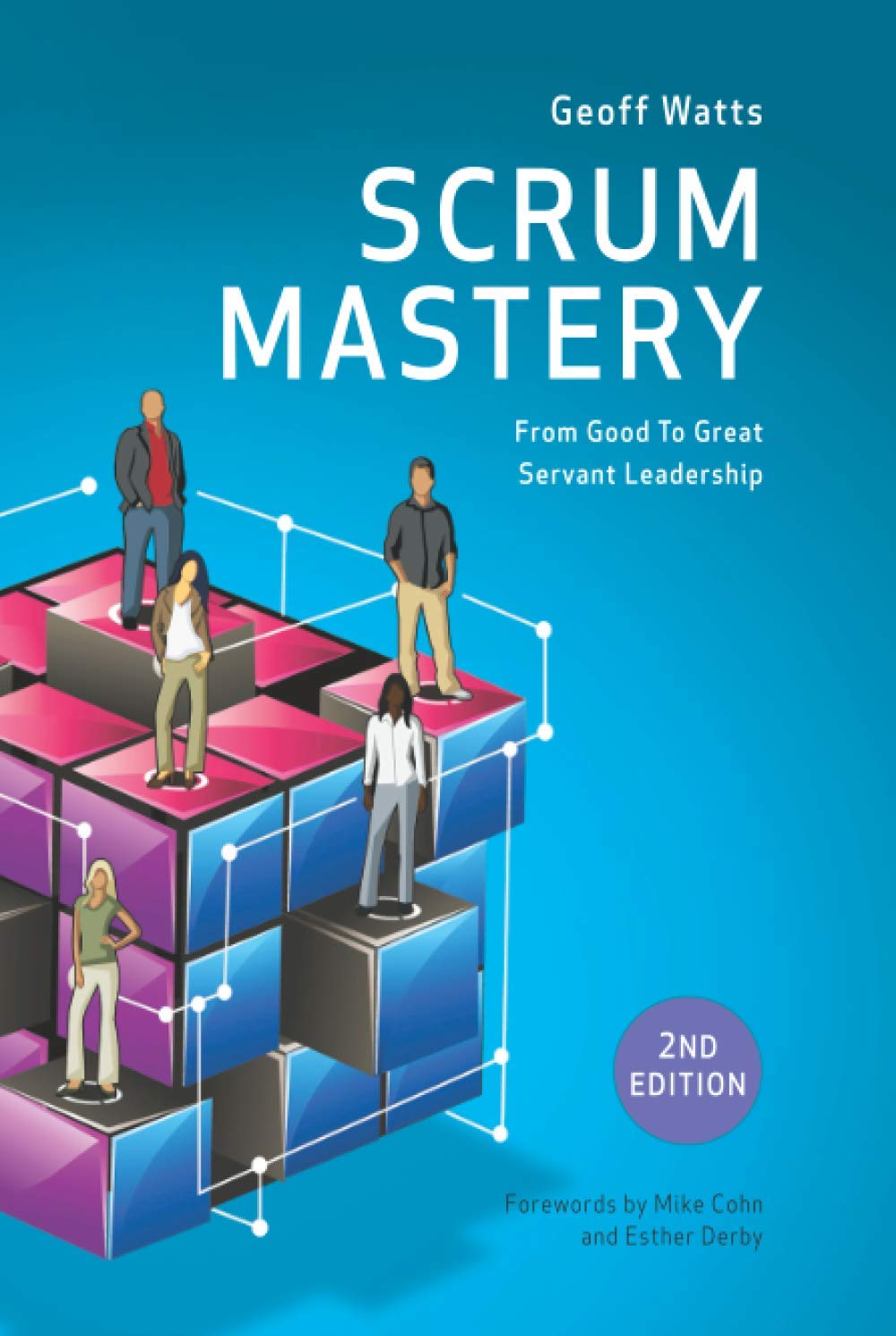
Daily Standup
What is Daily Standup?
A daily standup is a short, time-boxed meeting held each workday, usually lasting 15 minutes or less. It is most commonly used in Agile project management and software development, though other industries also use it to support team alignment and productivity. During this meeting, team members quickly share updates on what they worked on the previous day, what they plan to work on today, and any obstacles they are facing. The purpose is not to solve problems but to keep everyone informed and accountable, helping the team stay focused and adapt quickly to change.
The name “standup” comes from the practice of holding the meeting while standing, encouraging participants to keep it brief. These meetings often take place at the same time and location each day, creating a regular rhythm that supports continuous progress.
Key Points
- A daily standup promotes team transparency, accountability, and focus.
- Each participant answers three key questions: What did I do yesterday? What will I do today? What is blocking my progress?
- The meeting typically lasts 15 minutes or less and avoids in-depth discussions.
- Agile teams most often use it, but it can also be adapted to other workflows.
- The standup serves as a communication tool rather than a problem-solving session.
Related Terms
- The Scrum framework includes the daily standup as a core event to support team collaboration and sprint progress.
- A product backlog often informs what team members choose to work on each day and discuss during the standup.
- Sprint planning helps define the goals and tasks that team members will later report on in their daily updates.
- A Kanban board can visually support the standup by showing task progress and highlighting blockers.
- Impediments are challenges or obstacles that are commonly raised during the meeting and addressed afterward by a Scrum Master or team lead.
Daily Standup: Example
A software development team meets every weekday morning at 9:00 a.m. Each team member takes one to two minutes to share their updates. Sarah reports that she has finished a bug fix, plans to test a new feature today, and mentions that she needs help resolving a merge conflict. Her update alerts the team to the issue without delaying the meeting. After the standup, the relevant team members meet separately to fix the problem.
Daily Standup: Best Practices
- Start and end the meeting on time to respect everyone’s schedule.
- Keep the format consistent and time-box individual updates.
- Encourage team members to speak clearly and avoid providing unnecessary details.
- Use a task board or project management tool to guide discussion.
- Address blockers outside the meeting to maintain momentum.
Additional Resources
Preparing for a PMI certification?
- Exam Prep Courses: PMP®, CAPM®, and PMI-ACP®
- Exam Simulators: PMP®, CAPM®, PMI-ACP®, PMI-PBA®, PMI-RMP®, PMI-SP®, PgMP®, and PfMP®
- Professional Development Units (PDUs): 15, 30, and 60 PDU Bundles




